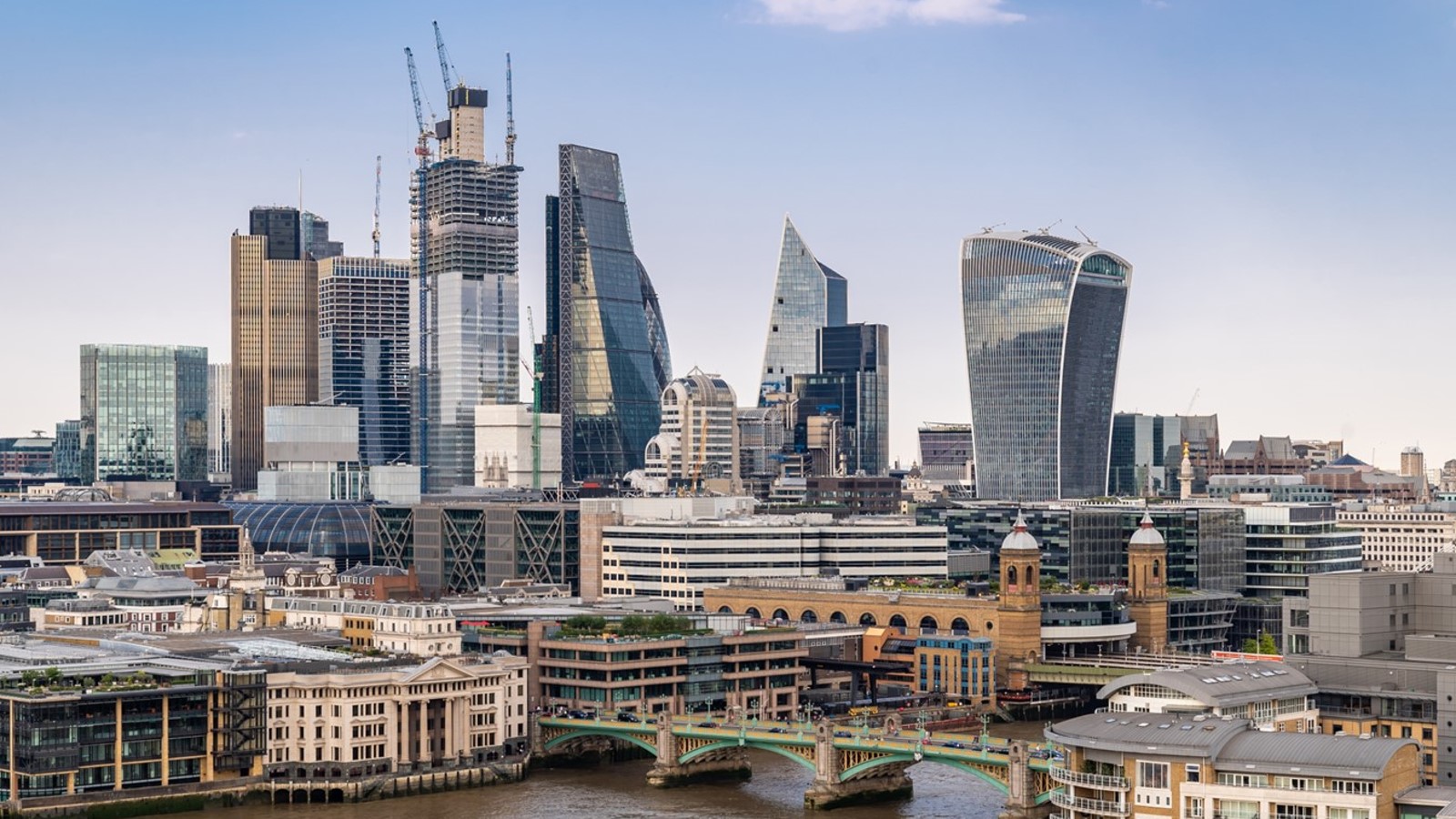Making a material difference
Learn more about our Strategy 2030.
Material Impact
We build on a strong track record of profitable growth over the last few years, making a material impact to our customers, our shareholders, and the society at large.
Unique Positioning
We capitalise on global trends and growth opportunities and are uniquely positioned to leverage these for sustainable concrete applications.
Radical Focus
We execute a disciplined pure-play strategy in the most attractive markets with a radical focus on concrete applications.
Global Advantage
We drive differentiating success across geographies and businesses through our global advantage along three distinct value drivers:
- Sustainability
- Digitalisation
- Technical excellence
Collective Strength
We rely on the collective strength of the best team in the industry, a one-of-a-kind combination of local, P&L-owning entrepreneurs and innovators that actively embrace change and global best practice learnings.
Value Creation
We will accelerate growth and profitability in the next years, creating even higher sustainable value for our customers and shareholders.

We have not only delivered, but over-delivered against our ambitious mid-term targets that we set for ourselves back in September 2020, demonstrating a strong track record of successful growth since we set our ambitious mid-term targets for 2025:
- Improved and disciplined focus on value for our customers and shareholders
- A relentless focus on operational improvement and cost management has driven stronger margins.
- Through disciplined capital allocation, our return on invested capital has significantly increased.
- We more than doubled annual total shareholder return through our progressive dividend and share buyback programmes.

Strong megatrends
We see strong and accelerating demand for our products:
- Energy transition
- Wind turbines vs traditional power plants: 25× the amount of concrete
- 10 new nuclear power plants in the US by 2030
- Advanced infrastructure
- Bridge replacement: 43,000 in the US/6,000 in Germany
- German railway system: €150bn infrastructure investments by 2030
- Morrocco: airport capacity from 30m to 80m passengers by 2030
- Housing and urbanisation
- Approx. 100,000 new homes every day
- Housing shortage in Europe
- Defence revamping
- €200bn additional budget in Europe
- €20–40bn to be spent on infrastructure
- Digitalisation
- 2024: $3bn spend per week on data centres
- By 2030: yearly investments of $600bn (up 3–4× from today)
- Data centre needs up to 50× more concrete vs multi-family home
Brevik is one of the many tangible proofs that our company will not stand still. As Heidelberg Materials, we are at the cutting edge of some revolutionary changes in the world. In fact, we are inventing them.
We are changing our product portfolio. We are changing the way how we make our products. This is not technology for its own sake. We are sticking to what we do best, just finding ways to do it more efficiently, at lower cost, and more competitively.
The world around us is also changing. Key megatrends in the world are driving demand for what we produce, and in the places where Heidelberg has developed market-leading positions.
We are in the right places, at the right time, with the right products and the right sales approach to capitalise on these large-scale global trends and growth opportunities.
The energy transition, urbanisation boom, and infrastructure needs add up to a new construction revolution which will be built on foundations made of our heavy building materials.
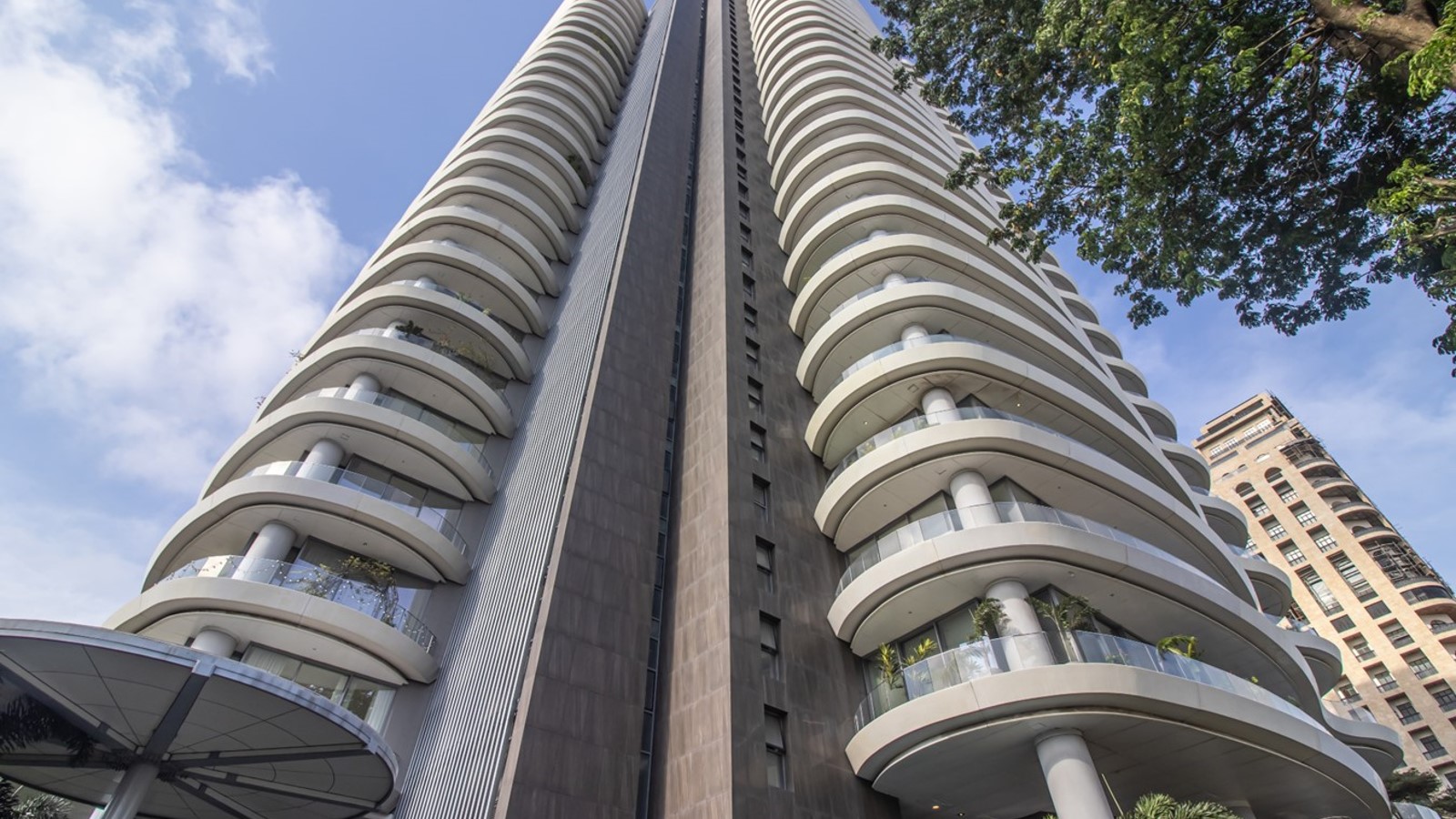
There is plenty of excitement in this industry in general and for our company, Heidelberg Materials, in particular. To grab this potential, we will build and accelerate on the great foundations that we have laid over the past five years.
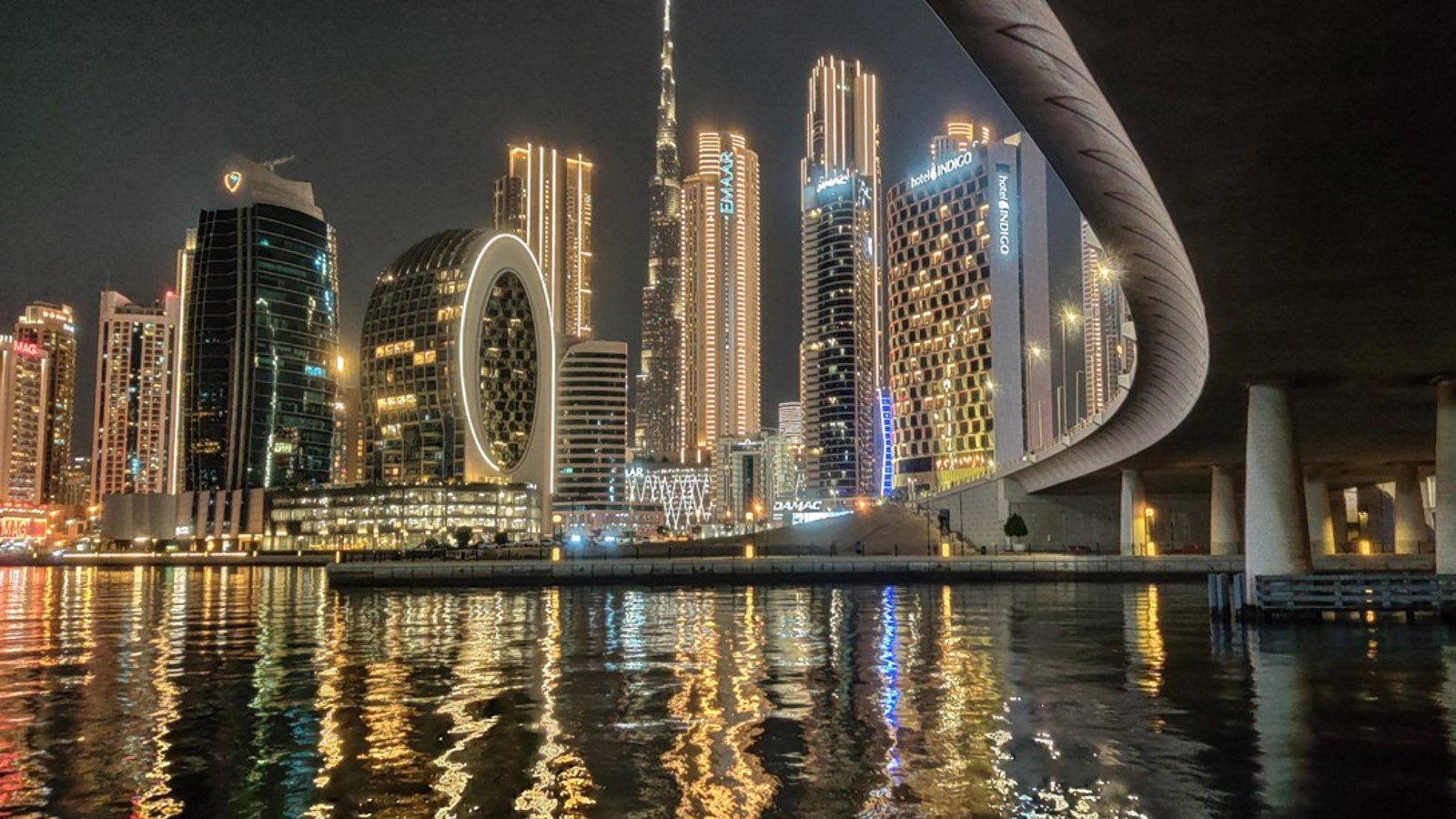
- Focus on “The heavy ones”:
Cement, aggregates, ready-mixed concrete, and asphalt - Strengthen core markets:
Since 2021, we have made 31 acquisitions and 12 disposals.
We are in the right place, at the right time, with the right strategy and many compelling pathways to accelerate profitable growth over the next 5 years.

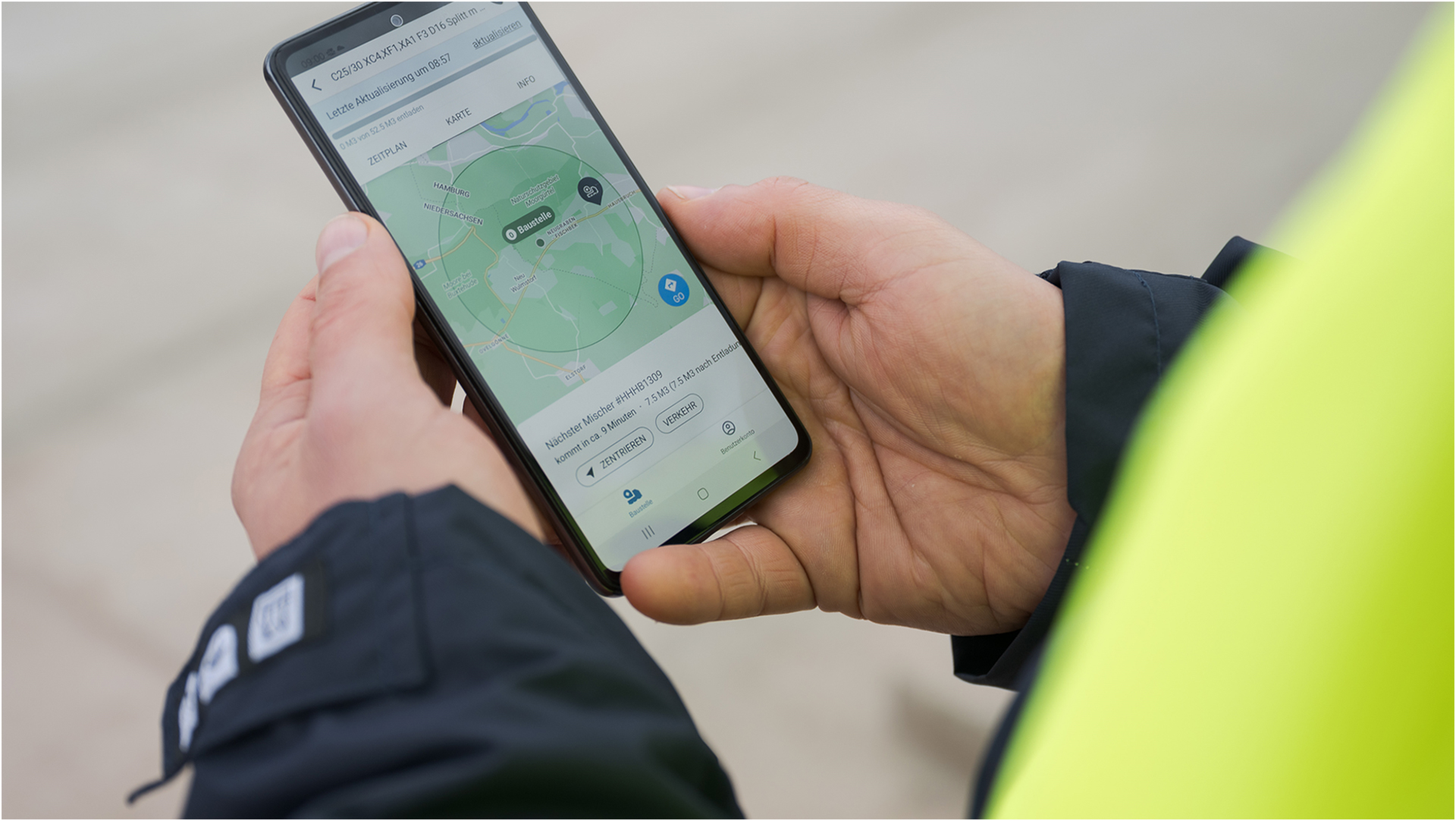
Technical excellence
- Rigid global benchmarking and best practice exchanges
- Scaling up automation and AI applications
- Pushing standards in processes and equipment
- We are not just a collection of local markets.
- We are driving success across our geographies and businesses by being a locally rooted, globally connected, efficient, and digitally empowered global leader in heavy building materials.
- We are continuously improving our global advantages along three platforms: sustainability, digitalisation, and technical excellence.
- We have adjusted our organisation accordingly.
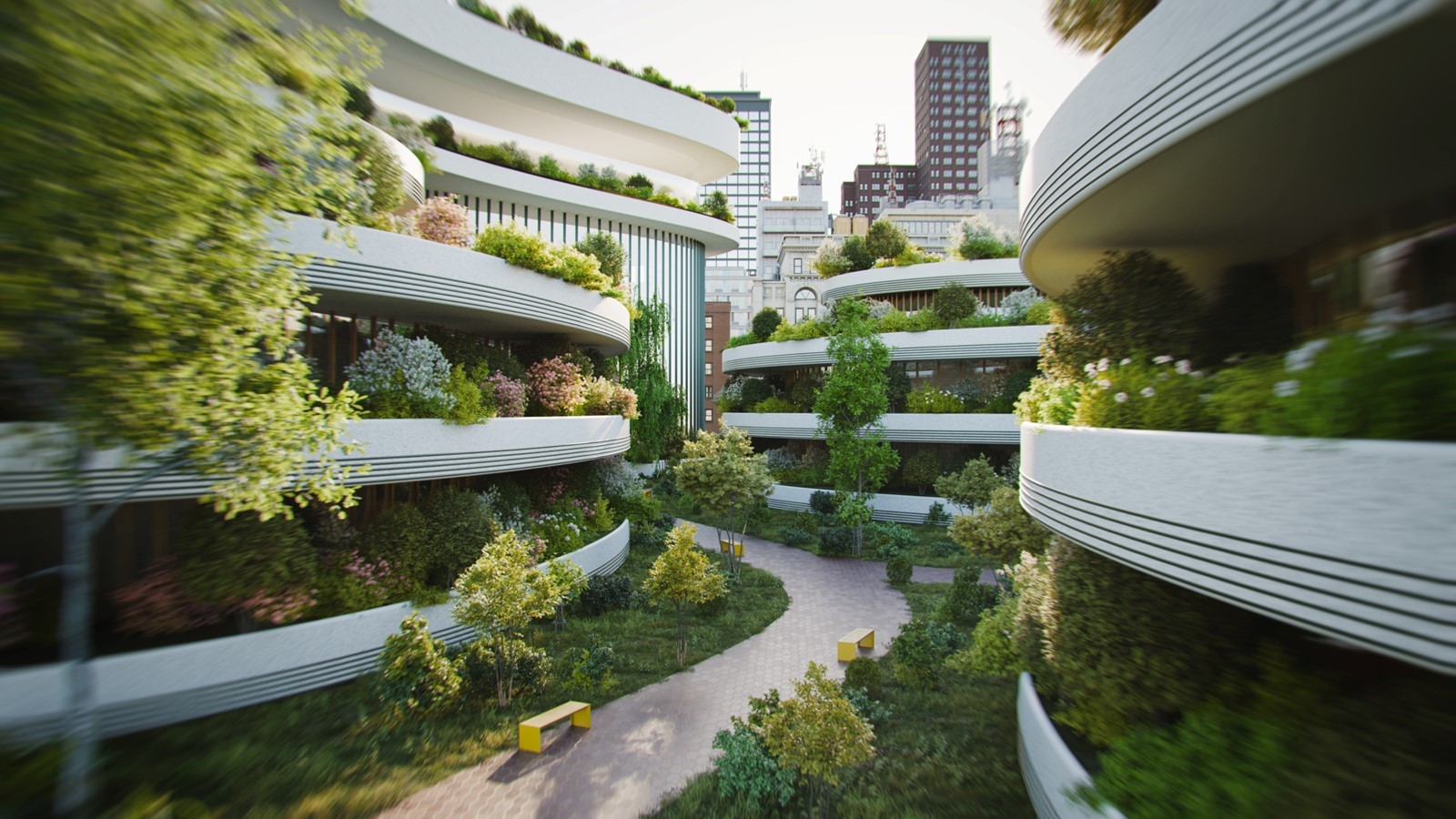
Digitalisation
- Driving force to move the industry to the cloud
- Digitalising and centralising plants
- Leveraging automation and AI
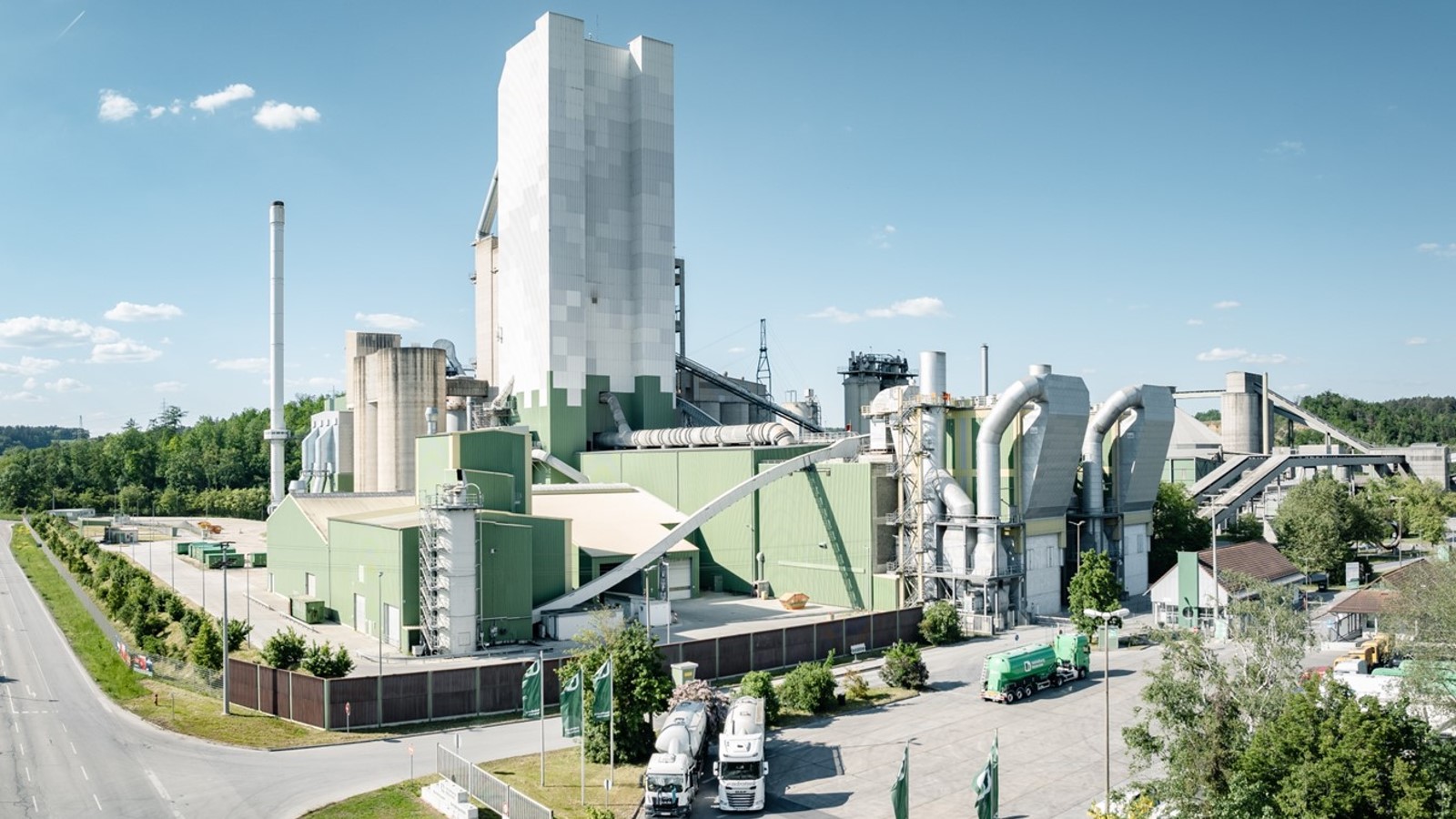
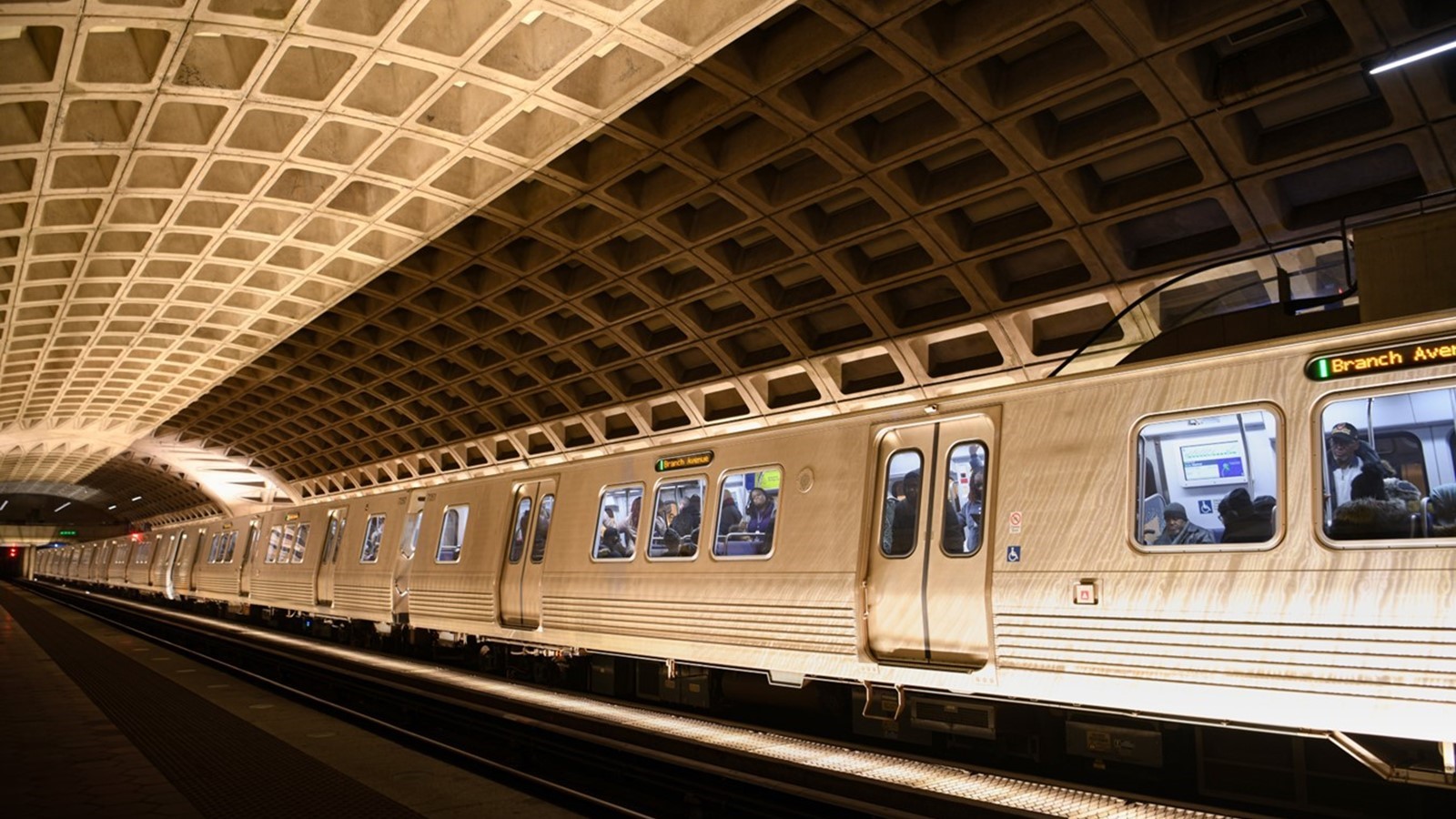
North America
- Pent-up demand
- Over-proportional growth through digital and AI-based solutions
- Prepared for short-term volatility
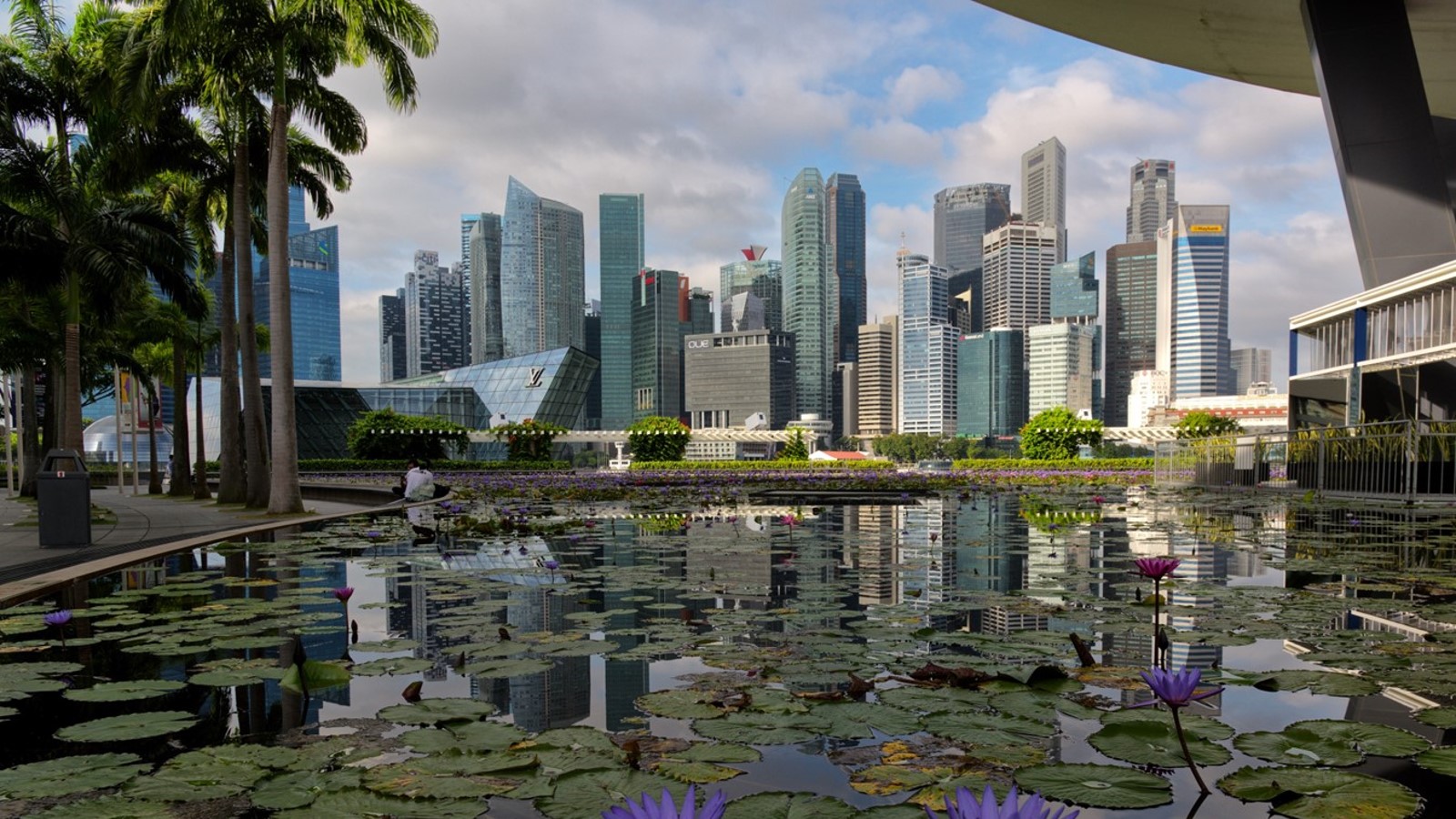
Emerging Markets
- Structural growth dynamics
- Superior asset light model
- Over-proportional return on invested capital
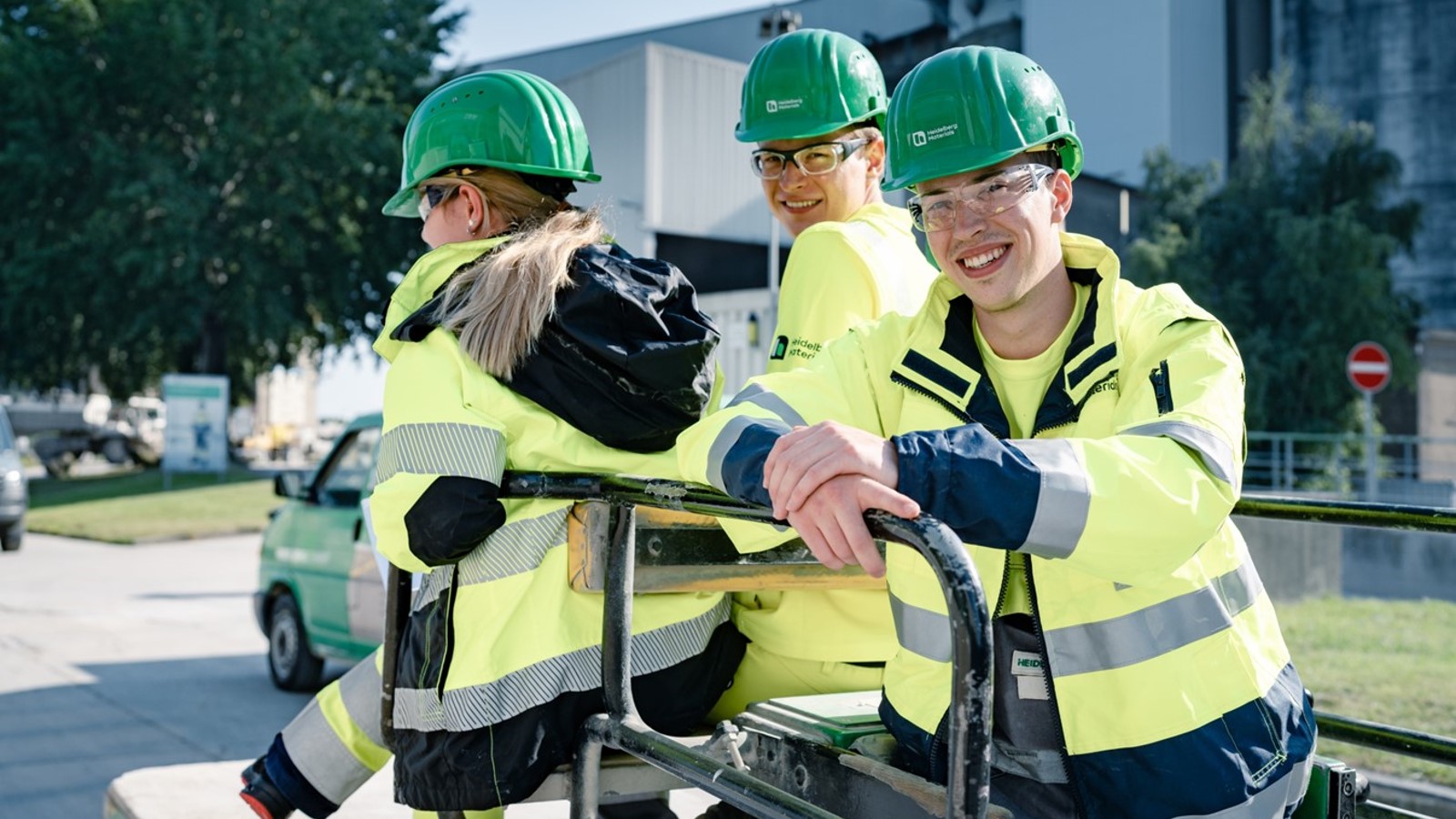
Local entrepreneurship and global innovation
At Heidelberg Materials, we can build on the collective strength of our high-performance team around the world. Just over 50,000 people, led by a great management team of P&L-owning entrepreneurs, complement their local ambitious agenda with global best-practices and a relentless drive for rigorous change, creativity, innovation, and very good financial results.
Teamwork is deeply rooted in our DNA and the key ingredient to our success. We are real doers, and everyone is committed to making a true impact, shaping a sustainable, innovative, and resilient future of our industry.
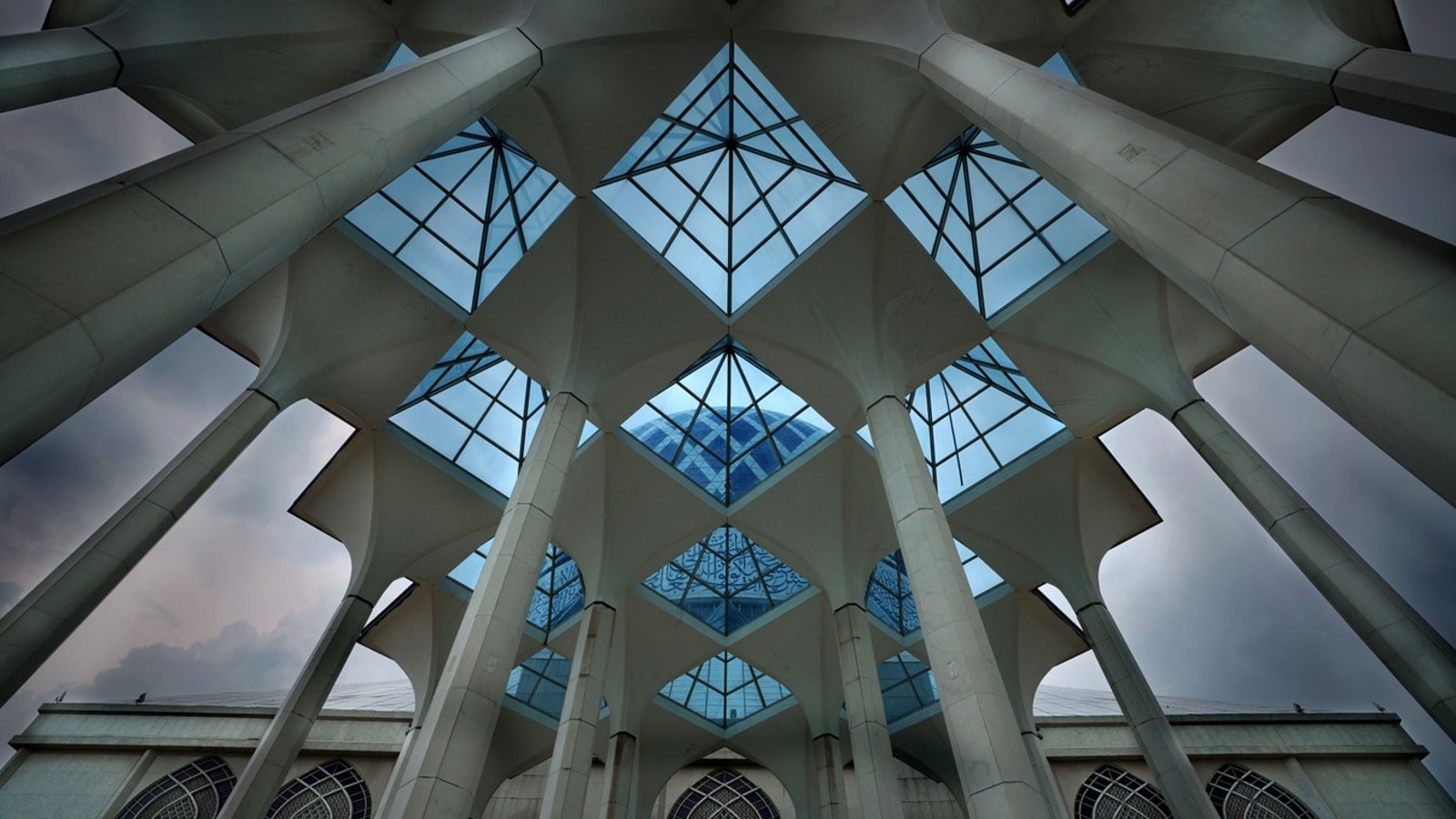
- We are executing a strategy that generates real and sustainable value for customers and shareholders.
- We are ambitiously focused on the future, setting ambitious targets for the next five years.
Our mid-term targets for 2030
After delivering on our 2025 mid-term targets ahead of plan, we remain focused on the future as concrete continues to be an integral part of the solution to the needs of a changing world.
Dr Dominik von Achten









